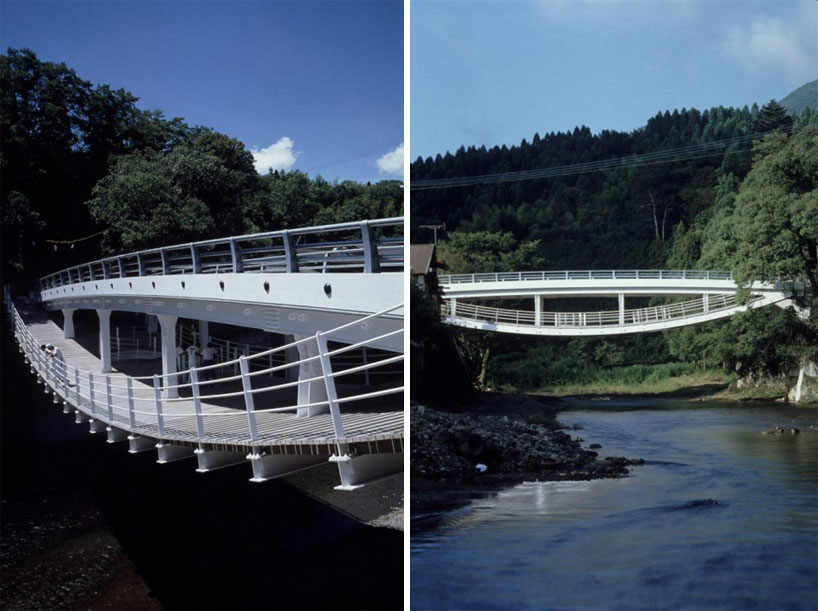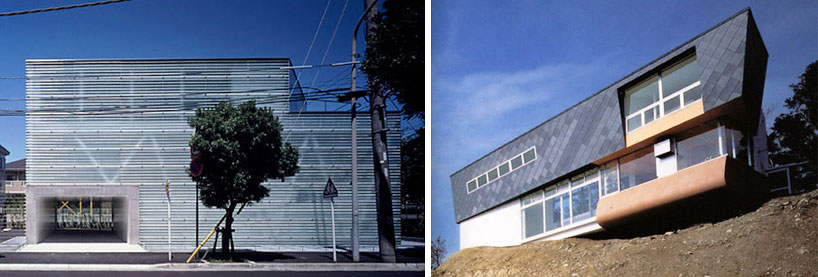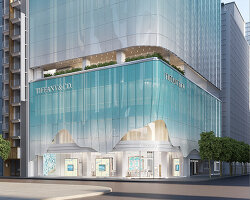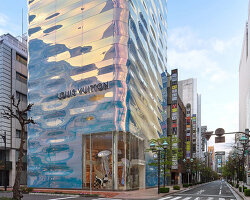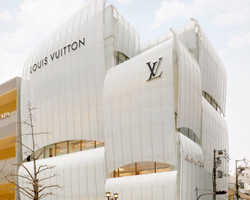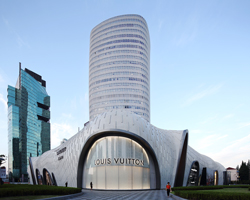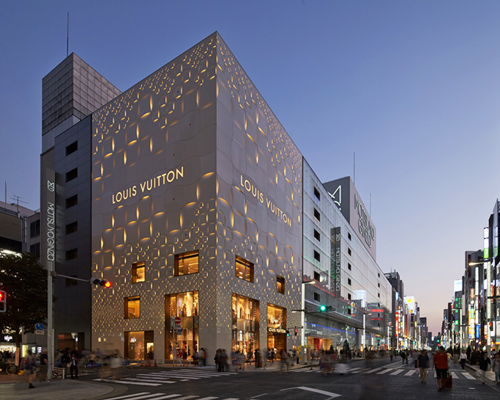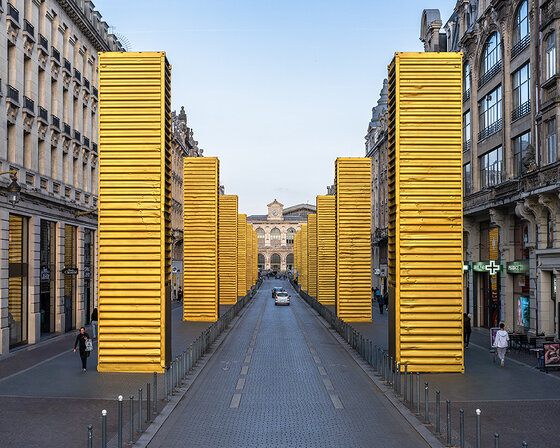KEEP UP WITH OUR DAILY AND WEEKLY NEWSLETTERS
happening now! partnering with antonio citterio, AXOR presents three bathroom concepts that are not merely places of function, but destinations in themselves — sanctuaries of style, context, and personal expression.
discover all the important information around the 19th international architecture exhibition, as well as the must-see exhibitions and events around venice.
developed by tomasz patan, the mastermind behind Jetson ONE, the personal hoverbike levitates and glides in the air with ease.
connections: +290
through the dramatic arrangement of the containers, SpY transforms a conventional passageway into a ceremonial corridor.
connections: +900
for his poetic architecture, MAD-founder ma yansong is listed in TIME100, placing him among global figures redefining culture and society.
connections: +170
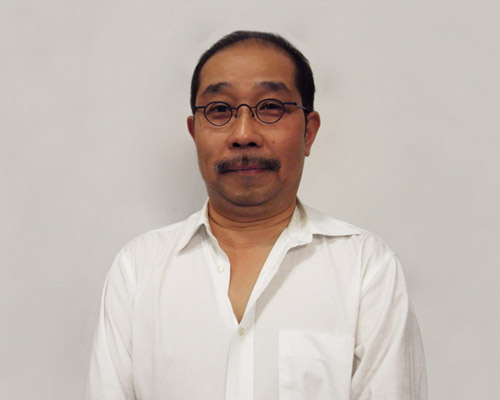
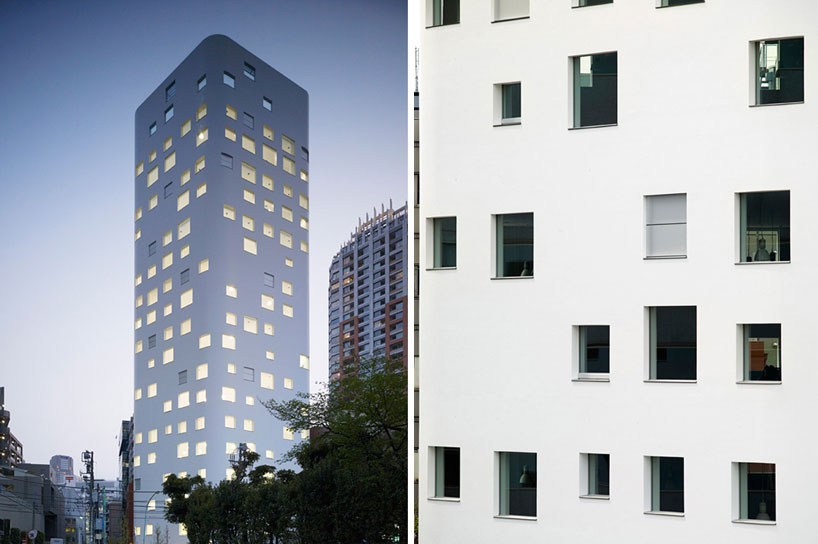
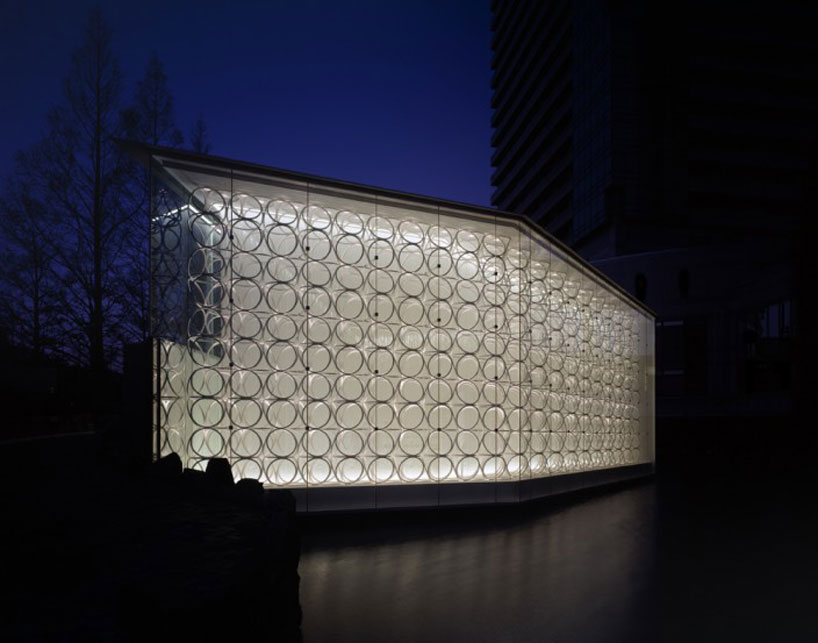
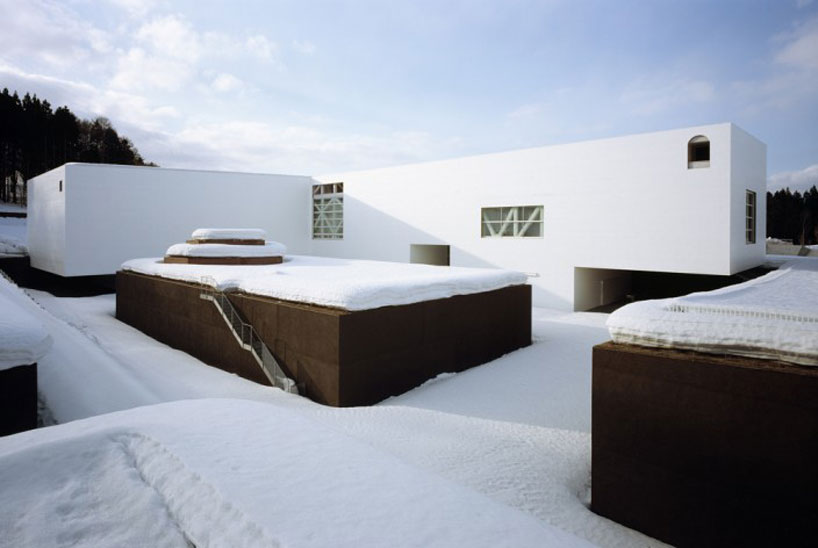
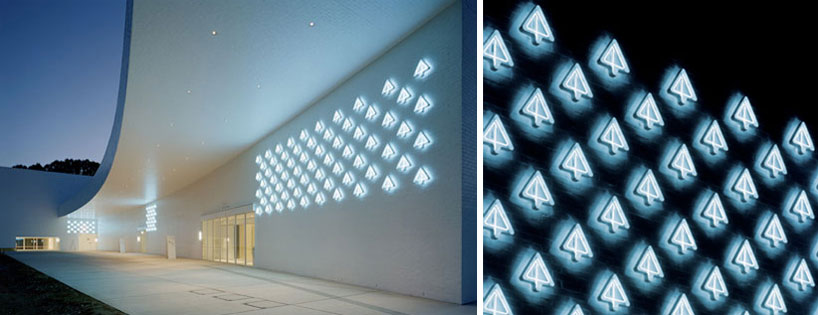
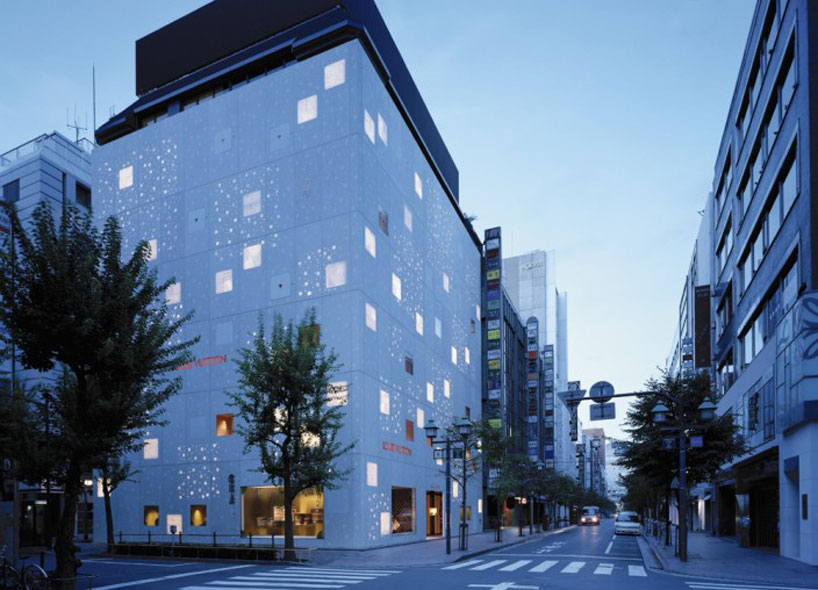
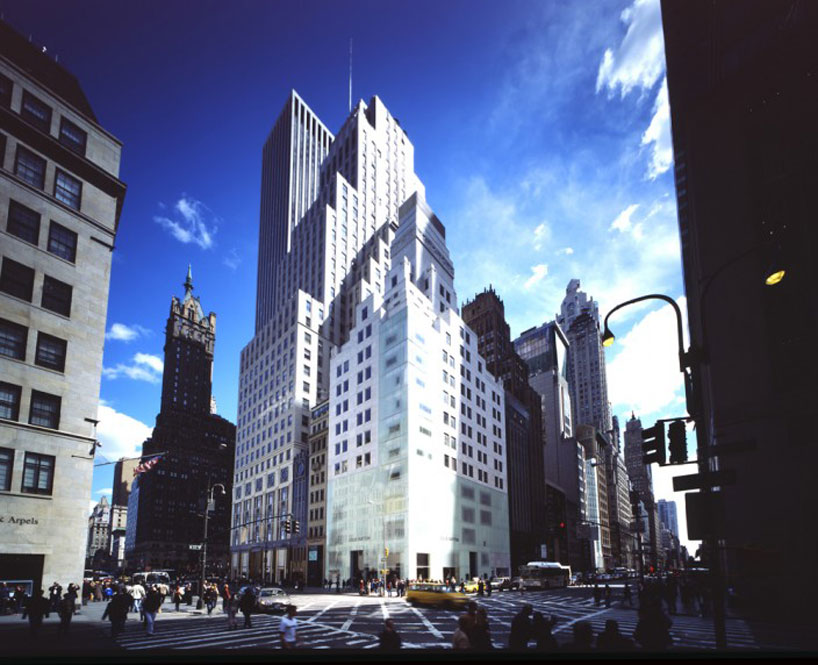
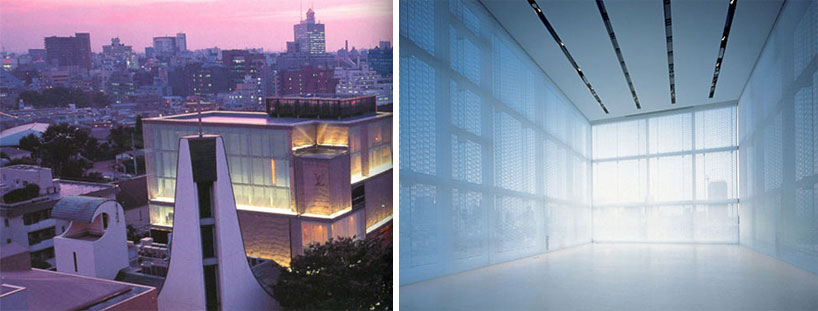
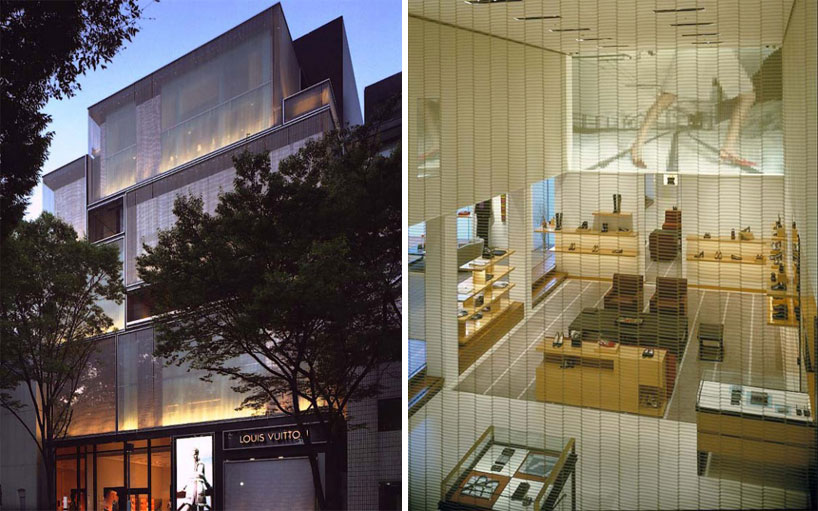
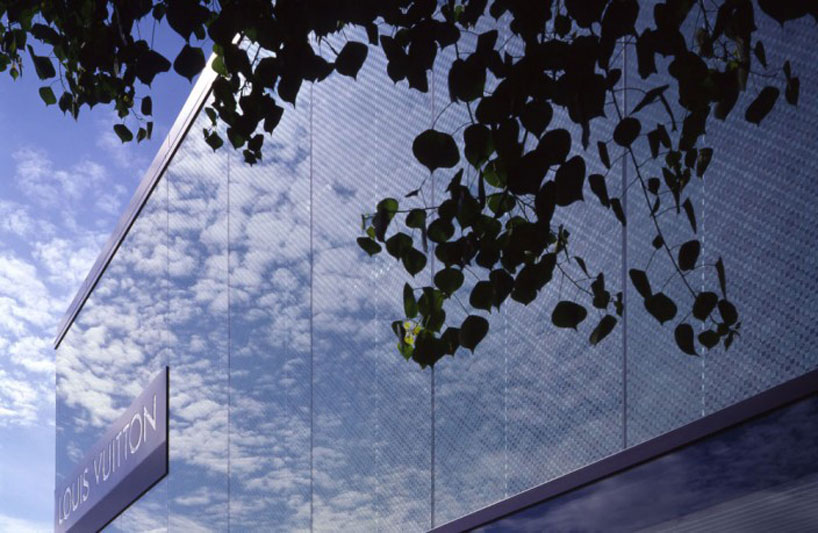
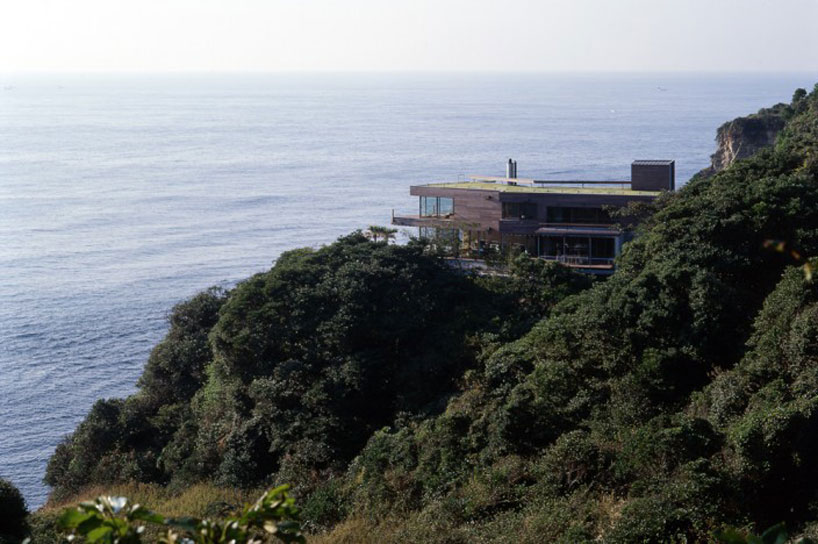

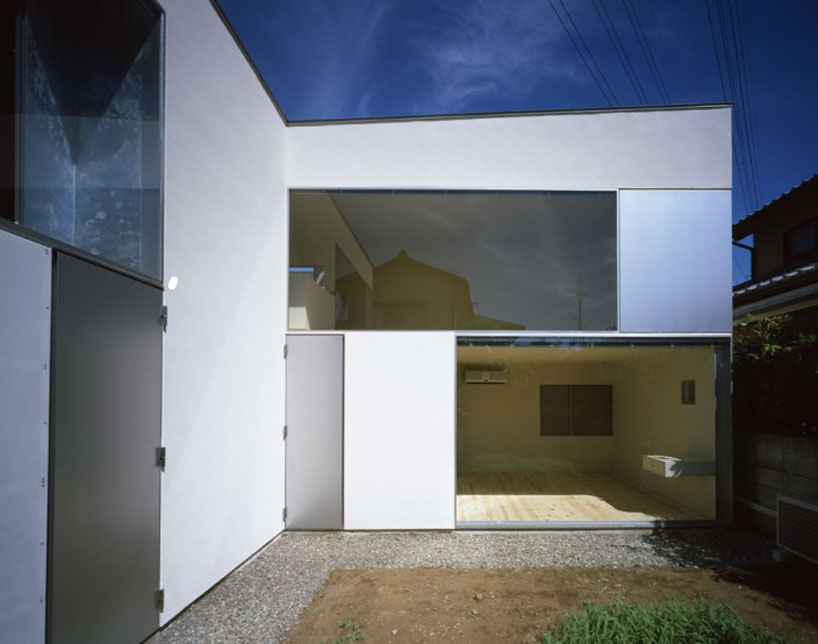 house c, japan, 2000image © daici anocourtesy jun aoki & associates
house c, japan, 2000image © daici anocourtesy jun aoki & associates